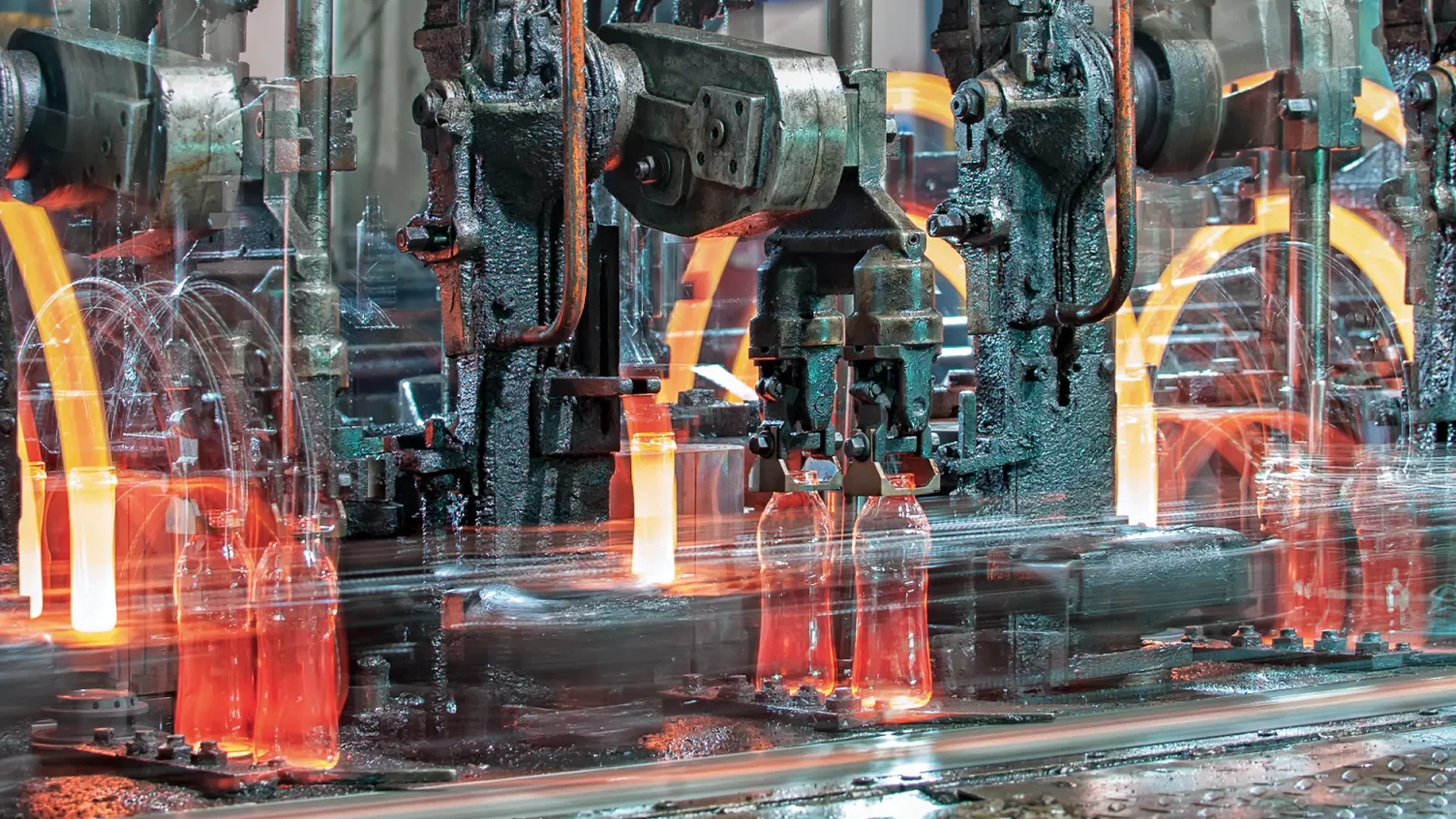
Elevate industrial efficiency with Predictive Maintenance as a Service (PdMaaS), outsourcing to expert vendors for cost-effective, scalable, and rapid implementation,…
In the rapidly evolving landscape of high-tech software development, machine learning (ML) has emerged as a game-changer. From automating repetitive tasks to enhancing user experiences, ML is revolutionizing how software applications are built and deployed. In this comprehensive article, we delve into the intersection of ML and high-tech software, exploring its impact, applications, and best practices.
Automated Feature Extraction:
ML algorithms excel at identifying patterns and extracting relevant features from complex data. High-tech software can leverage ML to automatically extract meaningful features from raw inputs, improving accuracy and efficiency.
Predictive Analytics:
ML models can predict future outcomes based on historical data. In software development, predictive analytics can optimize resource allocation, detect anomalies, and enhance decision-making.
Natural Language Processing (NLP):
NLP techniques powered by ML enable software to understand and generate human language. Chatbots, sentiment analysis, and language translation are examples of NLP-driven high-tech applications.
Access to Advanced Algorithms:
PdM vendors stay at the forefront of technology. They continuously refine their algorithms. By partnering with them, you access cutting-edge models without the R&D burden.
Recommendation Systems:
ML algorithms analyze user behavior to recommend personalized content or products. High-tech platforms can use ML-based recommendation engines to enhance user engagement and retention.
Image and Video Processing:
ML models can classify objects, detect faces, and enhance image quality. High-tech software can leverage ML for image recognition, video analytics, and augmented reality.
Reduced Implementation Time:
Implementing PdM internally can be time-consuming. Vendors offer turnkey solutions, accelerating deployment. You get faster results without diverting internal resources from core business activities.
Anomaly Detection:
ML algorithms identify unusual patterns or outliers. High-tech applications can use anomaly detection for cybersecurity, fraud prevention, and system monitoring.
Data Quality Matters:
ML models thrive on quality data. Ensure clean, relevant, and diverse datasets. High-tech developers should preprocess data meticulously to avoid biases and inaccuracies.
Model Selection and Tuning:
Choose ML algorithms based on the problem domain and available data. Regularly fine-tune models to adapt to changing requirements.
Ethical Considerations:
High-tech software must address ethical concerns related to ML, such as bias, fairness, and transparency. ML models should be accountable and interpretable.
Machine learning is no longer a buzzword; it’s a fundamental tool in high-tech software development. By embracing ML, developers can create smarter, more efficient, and user-centric applications. So, whether you’re building the next-gen AI chatbot or optimizing cloud infrastructure, remember that ML is your ally in shaping the future of high-tech software!

Elevate industrial efficiency with Predictive Maintenance as a Service (PdMaaS), outsourcing to expert vendors for cost-effective, scalable, and rapid implementation,…

In high-tech software, Machine Learning (ML) transforms development, automating tasks, enhancing user experiences, and optimizing resource allocation through features like…

Seargin at SAP NOW Poland 2023- Recap Recap As the curtains fall on SAP NOW Poland 2023, we at Seargin,…
